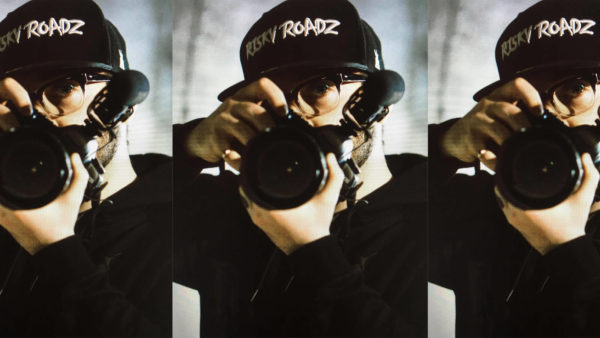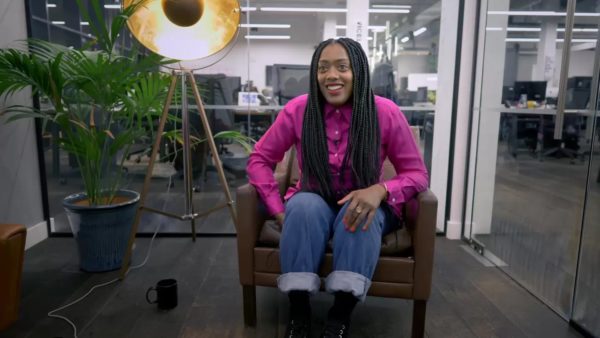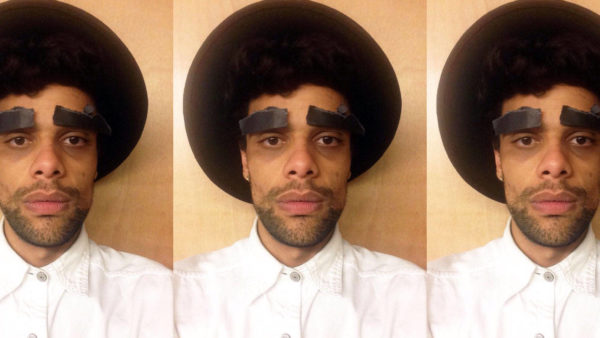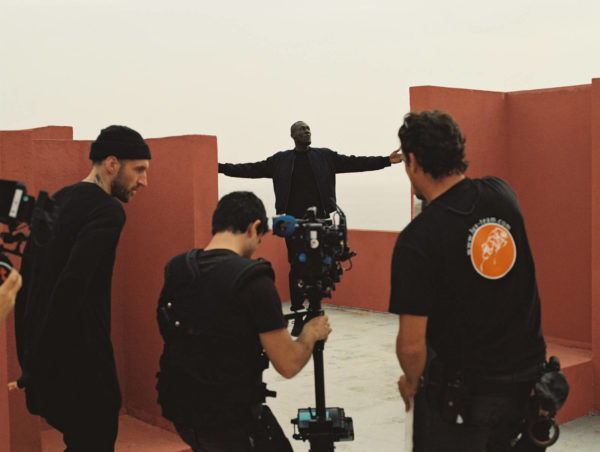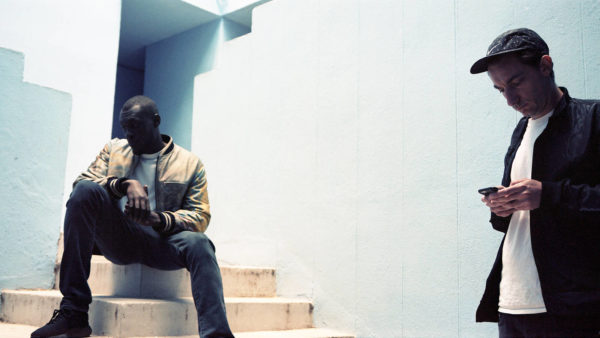1.05 Words of Wisdom
Risky Roadz
From Handycams to Redcams and back again - a guide to DIY with Risky Roadz.
After starting out as a fan with a handy cam and his seminal Risky Roadz series, Roony Keefe has gone on to direct some of the most iconic videos in grime, including Skepta’s “Man” and “It Ain’t Safe”, Chip’s “Scene” and Kano’s “3 Wheel-ups”. The producer-presenter of Channel 4’s Pirate Mentality documentary, Roony has returned to his roots to focus on format creation and DIY filmmaking.
I was a huge fan of grime when I started Risky Roadz in 2003. I was working in a record shop called Rhythm Division at the time and when MCs I’d been listening to on the radio came in, I’d be like, ‘Oh right, that’s what they look like.’ One day I realised that if I wanted to know what they looked like, other people would too. I went to my nan and asked her to lend me the money to buy a camera, and bought a couple of books on video-editing that had been recommended by the teacher on my college course. After that, I basically just taught myself, spending my student loan on pressing up the DVDs. Sparky, the guy I set up Risky Roadz with, knew a few of the MCs as he’d been working at the shop longer than me. We decided he should make all the phone calls and I dealt with the technical side of things, as well as coming up with the name and the logo.
I went to my nan and asked her to lend me the money to buy a camera.
The very first shoot we did was in the shop with J2K, and later that evening we did another with Riko Dan by Bow McDonald’s in East London. I wasn’t nervous at all – if anything, I was intrigued; I was a fan who suddenly had an opportunity to ask questions I’d been wanting to ask for ages, about the MCs and their journeys. It was a way of being part of the scene without MCing. After those first shoots, things just spiralled, despite the fact I had zero prior experience of making films. A couple of people were making grime videos before us – Jammer and A-plus had their own things – but they were more like straight recordings of live sets. We always wanted to come at it from more of a documentary angle, give people some insight, show them how to make a beat or freestyle. It ended up becoming a kind of encyclopedia of the early days of grime, covering all the different roles and angles – not just the MCs but also the producers and DJs.
Looking back, there were so many stand-out moments. We’ve had Rick Ross, Drake, Mike Skinner and Tim Westwood getting in touch, asking to be involved. Recently, I’ve worked with Dave Meyers, the big American music video director, on a treatment after I found out he was using my Skepta shoots as references. The one I always go back to is the freestyle we shot with Ghetto – you just knew it was going to be a “wow” moment. Years later, he told me to bring my camera to a show he was doing at the O2 Arena in London. Up on stage, he played the freestyle we’d recorded and then shouted out, “Yo, he’s in the crowd right now!” People were saying, “Look, that’s him there,” and pointing at me – that was mad. I tend to get spotted more in the street now that I’ve done the Channel 4 documentary, too. People approach you asking for a photo, stuff like that.
There aren’t many genres that can say they’ve been documented from the roots up, and that’s what helps to make grime special.
What we did years ago with the DVD is giving the grime fans of today the chance to relive the beginnings. The scene’s had a huge resurgence in the last few years, gone from being a small-time thing on an estate to something known the world over. There aren’t many genres that can say they’ve been documented from the roots up, and that’s what helps to make grime special. I’m proud that everything I’ve done within grime has been a chapter marker, even the more recent work with Skepta where we revived the VHS look by shooting videos for him on my old camera. I shot one of, if not the, first hood videos in grime – I think Risky Roadz itself created that grime aesthetic and that’s what I’m most proud of. Another thing is being involved in people’s journeys, giving them an outlet to showcase what they can do. People all over the world know what we did and who we are.
The best advice I can give to an aspiring filmmaker is to keep going. Keep knocking on the door, because you never know when it’s gonna open. Sometimes it gets tough and you do doubt yourself – you think, ‘Is this ever gonna happen for me?’ But those are the exact times when you have to continue, because that could be when the door opens. It’s a testing industry; there’s not always budgets and some things you have to do because you believe in them rather than because they’re going to make you rich. But just keep going. That’s my advice.
Continue Module
Show me the Money:
Raven Smith
Commissioner Raven Reveals The Turn-Ons and Turn-Offs of a Guy Who Can Make You Famous.
Hard Yards:
Rollo Jackson
Director Rollo makes Sure Nothing Was Lost in Translation filming Stormzy in Japan.

















